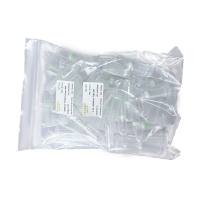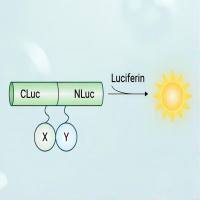Fungal biofilms formed on various types of medical implants represent a major problem for hospitalized patients. These biofilms and related infections are usually difficult to treat because of their resistance to the classical antifungal drugs. Animal models are indispensable for investigating host–pathogen interactions and for identifying new antifungal targets related to biofilm development. A limited number of animal models is available that can be used for testing novel antifungal drugs in vivo against C. albicans , one of the most common pathogens causing fungal biofilms. Fungal load in biofilms in these models is traditionally analyzed postmortem, requiring host sacrifice and enumeration of microorganisms from individual biofilms in order to evaluate the amount of colony forming units and the efficacy of antifungal treatment. Bioluminescence imaging (BLI) made compatible with small animal models for in vivo biofilm formation is a valuable noninvasive tool to follow-up biofilm development and its treatment longitudinally, reducing the number of animals needed for such studies. Due to the nondestructive and noninvasive nature of BLI, the imaging procedure can be repeated in the same animal, allowing follow-up of the biofilm growth in vivo without removing the implanted device or detaching the biofilm from its substrate. The method described here introduces BLI of C. albicans biofilm formation in vivo on subcutaneously implanted catheters in mice. One of the main challenges to overcome for BLI of fungi is the hampered intracellular substrate delivery through the fungal cell wall, which is managed by using extracellularly located Gaussia luciferase . Although detecting a quantifiable in vivo BLI signal from biofilms formed on the inside of implanted catheters is challenging, BLI proved to be a practical tool in the study of fungal biofilms. This method describing the use of BLI for in vivo follow-up of device-related fungal biofilm formation has the potential for efficient in vivo screening for interesting genes of the pathogen and the host involved in C. albicans biofilm formation as well as for testing novel antifungal therapies.






